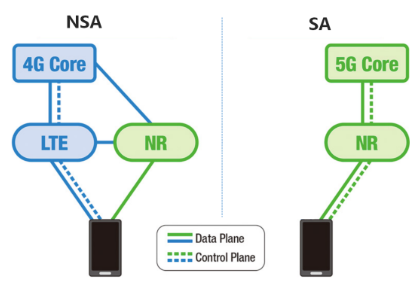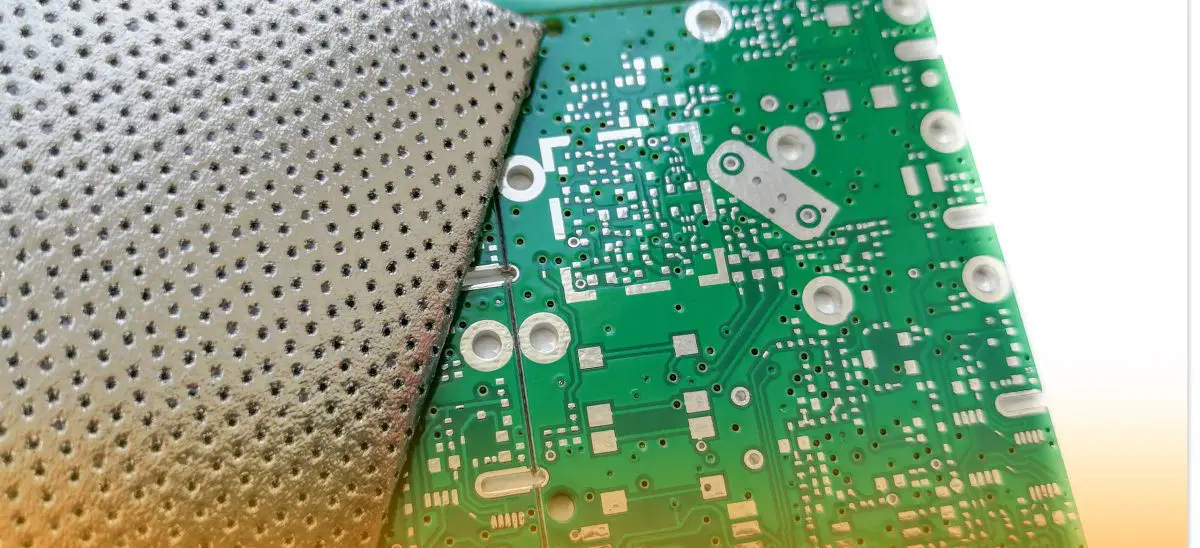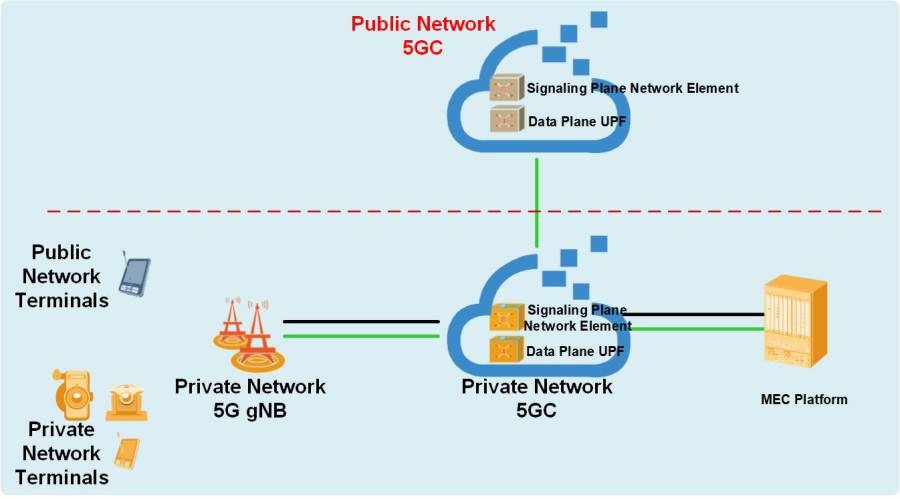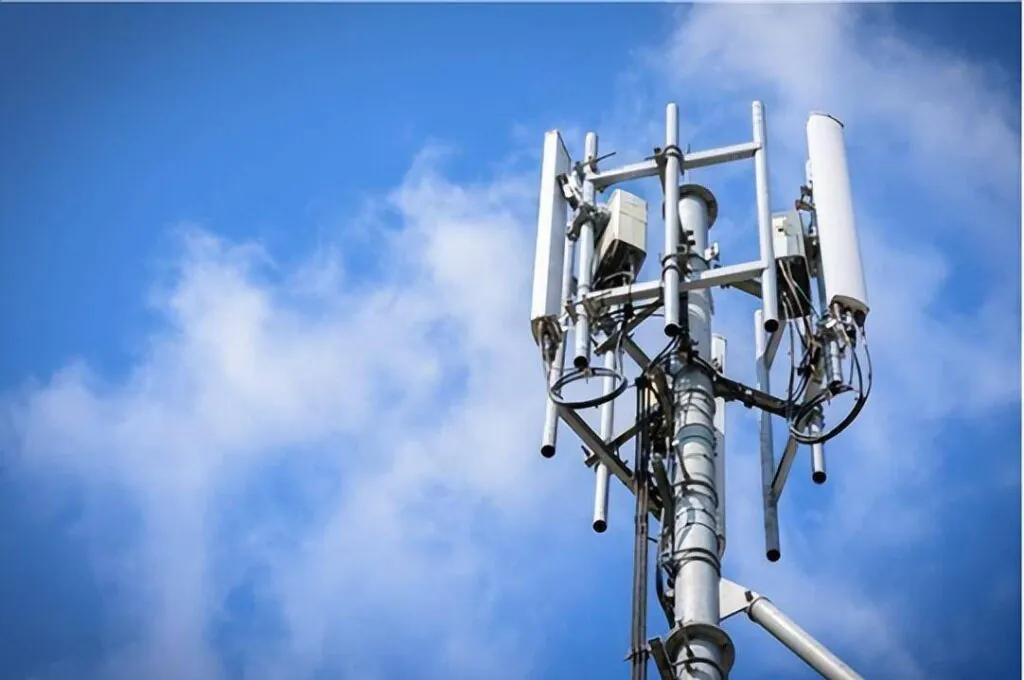When streaming video on a 5G smartphone, the radio frequency (RF) frontend, a compact wireless system on the phone's mainboard, handles critical tasks like signal reception, amplification, transmission filtering, and switching.
As 5G networks evolve globally from non-standalone (NSA) to standalone (SA) modes, with both often coexisting, RF frontend designs and signal processing strategies are undergoing significant changes. These advancements impact signal quality, battery life, and integration density, enabling multimode operation, full-band coverage, and adaptation to complex scenarios.
Signal Dynamics in NSA and SA Modes
In NSA mode, 5G relies on 4G infrastructure, requiring phones to maintain simultaneous 4G and 5G connections. The RF frontend must process signals across multiple bands, such as 4G (e.g., 1.8GHz B3) and 5G (e.g., 2.6GHz n41), while seamlessly switching between networks. For example, in the Chinese market, phones use carrier aggregation to combine 4G bands for coverage and 5G bands for speed. The RF frontend ensures synchronized signal reception, prevents interference between 4G and 5G links, and balances power consumption.
In contrast, SA mode operates on a dedicated 5G core network, supporting Sub-6GHz bands (e.g., 2.6GHz n41, 4.9GHz n79) for stable transmission and millimeter-wave bands (e.g., 26GHz n258) for ultra-high speeds. Here, the RF frontend optimizes high-frequency signal processing. Millimeter-wave signals, despite high data capacity, suffer from rapid attenuation and poor penetration. To address this, large-scale MIMO antenna arrays with 16+ channels and beamforming (beam gain ¡Ý15dBi) compensate for path loss.
Challenges in RF Frontend Design
The number of supported frequency bands has grown from about ten in 4G to over thirty in 5G, spanning very low band (400-700MHz, e.g., 700MHz), middle band (1.4-2GHz, e.g., 1.8GHz), high band (2.3-2.7GHz, e.g., 2.6GHz), and ultra-high band (3.3-5GHz, e.g., 3.5GHz, 4.9GHz). This expansion poses complex challenges, especially in mixed NSA/SA deployments.
The number of frontend components, like filters and switches, has increased by 40% compared to 4G, compressing antenna space. To maintain performance, RF frontends adopt highly integrated designs, using modular integration, antenna multiplexers, and aperture tuning to optimize space. However, the complexity of band combinations in NSA/SA scenarios exponentially increases signal routing matrix size. Traditional discrete components struggle with parasitic parameters, failing to meet phase-matching requirements above 3.5GHz.
The 3.5GHz mid-band, a key 5G deployment frequency, faces challenges from high bandwidth and advanced modulation. Sub-6GHz carrier aggregation can cause adjacent-channel interference, requiring high-performance BAW filters for suppression. These filters use bulk acoustic wave resonance for steep out-of-band rejection, with distinct requirements for NSA and SA modes regarding stopband suppression and insertion loss consistency.
During network mode transitions, such as moving from crowded urban areas to open spaces, the RF frontend must switch from NSA¡¯s 4G/5G dual connectivity to SA¡¯s 5G-only mode in milliseconds. Low-noise amplifiers (LNAs) dynamically optimize receiver sensitivity and power amplifier (PA) consumption. In NSA mode, LNAs balance 4G sensitivity and 5G signal overload prevention. In SA mode, LNAs enhance 5G sensitivity while reducing static power via adaptive biasing, demanding high-precision, multimode dynamic response.
Emerging Technologies for RF Frontends
Traditional RF frontends combine filters for signal purification, switches for band selection, and power amplifiers for signal boosting. To address 5G¡¯s band expansion and space constraints, the industry is shifting to highly integrated modules. For instance, combining LNAs with power amplifier modules (PAMiD) into L-PAMiD solutions integrates low-, mid-, and high-band processing into a single package. This simplifies design complexity and enhances signal consistency.
In Sub-6GHz scenarios, BAW filters excel with low insertion loss, high rejection, and temperature stability, addressing interference and carrier aggregation challenges. Using FBAR structures and wafer-level packaging, BAW filters achieve efficient adjacent-band isolation. Advanced BAW technologies control temperature drift to -20~+25ppm/¡æ or 0¡À2ppm/¡æ, outperforming traditional SAW filters (-45~+35ppm/¡æ). This stability maintains out-of-band rejection during NSA/SA frequency switching, reducing signal intrusion risks.
RF-SOI technology, widely used in switches, is now applied to LNAs, reducing gate length to improve gain and lower noise. High-resistivity SOI substrates achieve insertion loss below 0.5dB and isolation above 35dB at 1.9GHz and below, supporting rapid LNA gain switching for NSA/SA multimode networks.
Conclusion
The evolution of 5G RF frontend technology represents a dual revolution in precision engineering and system architecture. The shift from discrete components to integrated modules optimizes space and redefines signal processing. Emerging technologies mark a transition from component stacking to system-level synergy, enabling 5G devices to achieve seamless connectivity, high performance, and efficient power use in complex network environments, paving the way for intelligent, full-band, and scenario-adaptive mobile communications.
 ALLPCB
ALLPCB







